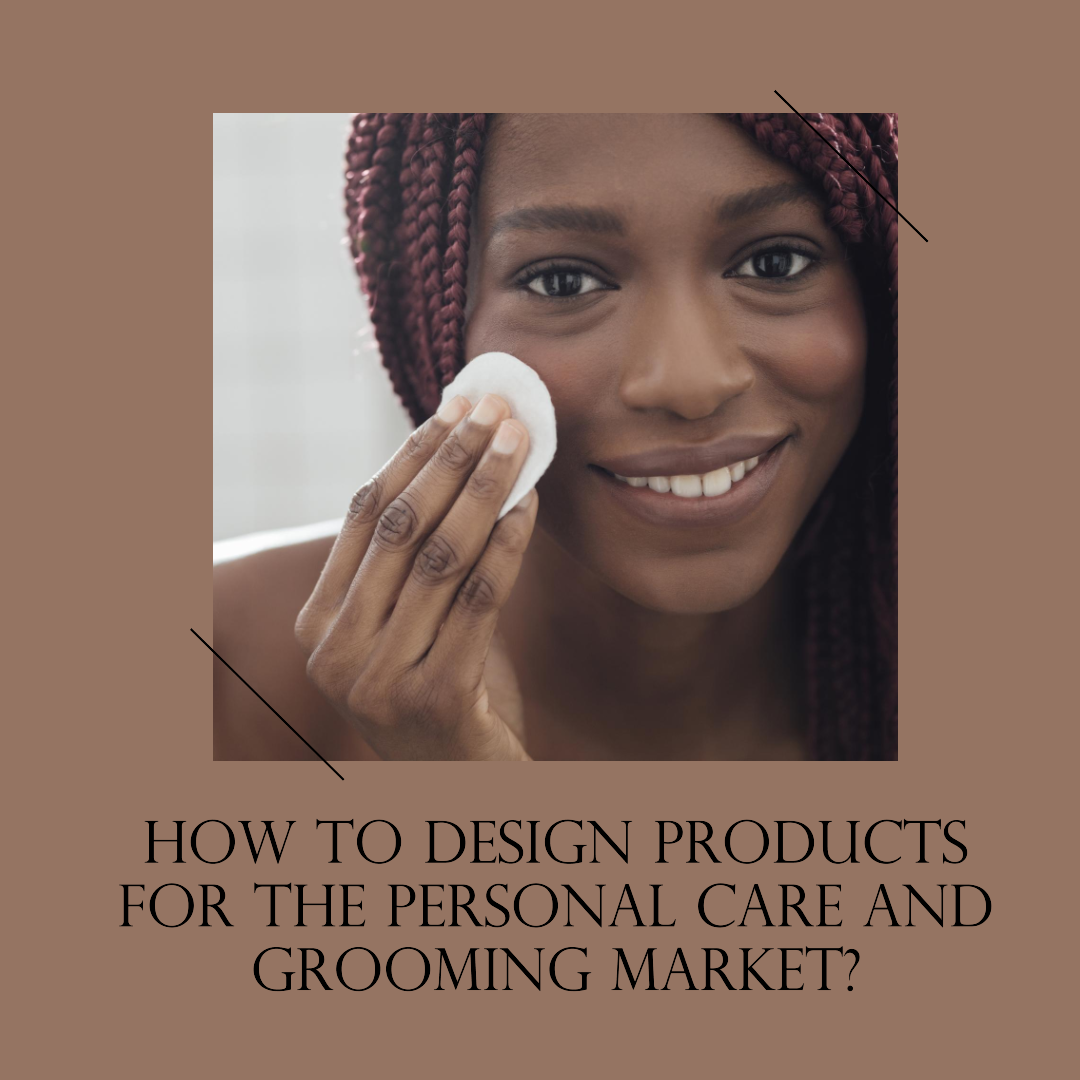How to design products for the personal care and grooming market?
Introduction
The personal care and grooming market is a large and growing market. In 2023, the global personal care and grooming market is expected to reach $804.6 billion. This growth is being driven by a number of factors, including the increasing demand for natural and organic products, the rising disposable incomes of consumers, and the growing awareness of the importance of personal hygiene and grooming.
Opens in a new windowwww.amazon.com
personal care and grooming product display
To be successful in this market, designers need to be able to create products that are both effective and enjoyable to use, and that meet the needs of a wide range of consumers, from people who are looking for simple and affordable solutions to people who are looking for high-end products with the latest features and ingredients.
In this blog article, we will discuss the essential steps involved in designing products for the personal care and grooming market. We will also provide tips on how to market and sell your products once they are finished.
Step 1: Understand your target market
The first step in designing any product is to understand your target market. In the personal care and grooming market, your target customers may include:
- Men
- Women
- Children
- People with sensitive skin
- People with specific skin or hair concerns
- People with different cultural backgrounds
To understand your target market, you can conduct market research, interview consumers, and analyze customer feedback. You should also consider the following factors:
- What are the biggest challenges faced by consumers when choosing and using personal care and grooming products?
- What are the latest trends in the personal care and grooming market?
- What are the unmet needs of consumers?
Step 2: Identify opportunities for innovation
Once you understand your target market, you can start to identify opportunities for innovation. The personal care and grooming market is constantly evolving, so there are always new opportunities to create new and better products.
When looking for opportunities to innovate, consider the following:
- Emerging technologies: Can you use new technologies to create products that are more effective, convenient, or affordable?
- Changing consumer needs: How are the needs of consumers changing over time? Can you create products that meet these new needs?
- Unmet needs: What are the unmet needs of consumers? Can you create products that address these needs?
Step 3: Develop your product concept
Once you have identified an opportunity for innovation, you can start to develop your product concept. This involves defining the problem that your product solves, identifying the key features and benefits of your product, and developing a prototype.
When developing your product concept, it is important to keep consumers in mind. Make sure that your product solves a real problem for them and that it offers features and benefits that they value.
Step 4: Test and refine your product
Once you have a prototype of your product, it is important to test it thoroughly. This will help you to identify any areas where your product needs improvement.
You can test your product with a variety of people, including consumers, dermatologists, and industry experts. Get their feedback on the efficacy, safety, and usability of your product.
Use the feedback you receive to refine your product design. Make sure that your product is effective, safe, and easy to use.
Step 5: Launch your product
Once you are satisfied with your product design, you are ready to launch your product to the market. This involves developing a marketing and sales strategy, and getting your product into the hands of potential customers.
You can market your product through a variety of channels, including online and offline advertising, social media, and public relations. You can also sell your product through traditional retail stores or through your own online store.
Additional tips for designing products for the personal care and grooming market
- Focus on efficacy: Consumers want personal care and grooming products that work. Make sure that your product is effective and that it delivers the results that consumers are looking for.
- Make your products safe: Consumers need to be able to trust that the personal care and grooming products they use are safe. Make sure that your product is formulated with safe ingredients and that it has been tested for safety.
- Design your products for ease of use: Personal care and grooming products should be easy to use and convenient to apply. Make sure that your product is packaged in a user-friendly way and that the instructions are clear and concise.
- Offer a variety of price points: Consumers have different budgets for personal care and grooming products. Make sure that you offer a variety of price points so that everyone can find a product that fits their budget.
- Stay up-to-date on the latest trends: The personal care and grooming market is constantly evolving, so it is important to stay up-to-date on the latest trends. This will help you to develop products








